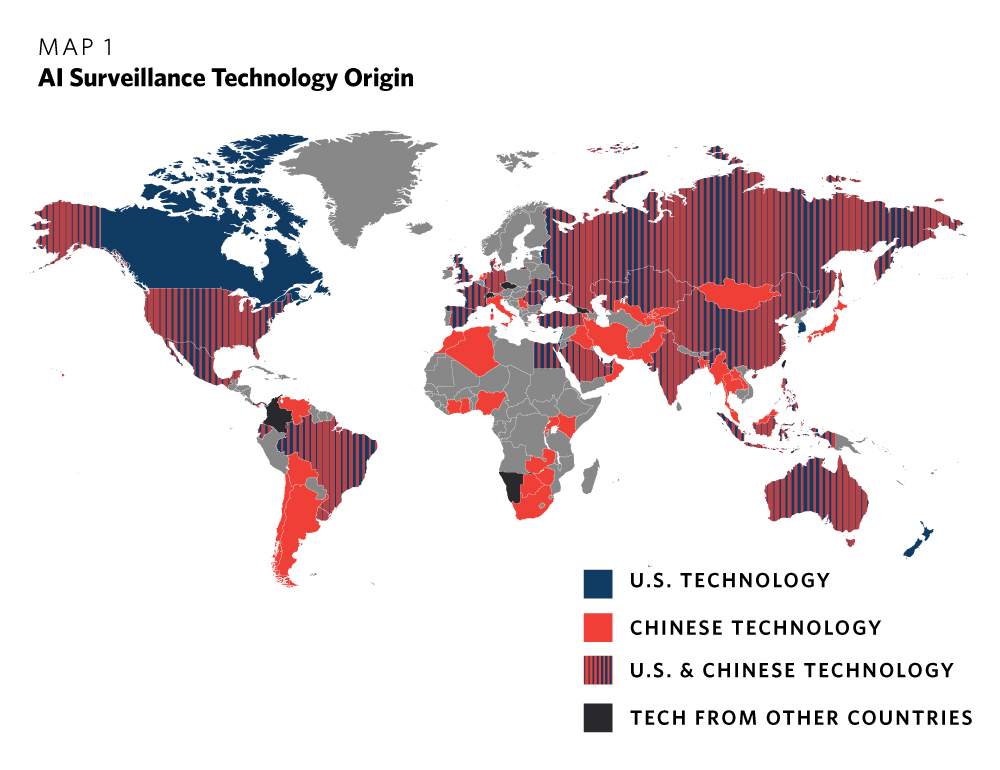Navigating the Privacy Terrain: A Deep Dive into Microsoft’s Cookie Practices
In an age where digital privacy is becoming increasingly paramount, tech giants like Microsoft are facing scrutiny regarding how they handle user data. With Microsoft and its partners employing various methods to enhance and tailor user experiences, understanding the implications of cookies and data usage is more critical than ever.
Exploring the nuances of digital privacy
Understanding Cookies and Their Impact
Microsoft uses cookies not just for traditional website functionalities but also for a multitude of purposes including personalized advertising. Such practices raise questions about the trade-offs between improved user experience and personal privacy. The stringent implementation of cookies allows the tech giant to offer a tailored approach, which many users might find appealing initially.
However, it is essential to ask: at what cost does this convenience come? While personalized ads can make the online experience more relevant, the foundation of trust between users and service providers is being tested. As the saying goes, “If you’re not paying for the product, you are the product.” This has never been more true in the context of digital marketing and data analytics.
The Role of Third-Party Vendors
Notably, Microsoft’s partnership with various third-party vendors plays a significant role in data processing activities. Through the collection of precise geolocation data and device characteristics, they aim to enhance content delivery tailored to individual preferences.
“Cookies are the invisible threads that connect user interest with targeted marketing.”
This alignment may improve the functionality of services like Microsoft Bing and enhance their advertising efforts, but it also opens up discussions about user consent and data security. In essence, while most users may navigate the internet unaware of the extent of data collection occurring behind the scenes, it is crucial to stay informed.
Third-party vendors and user data processing
Managing Your Privacy Preferences
As users become more conscious of their digital footprints, Microsoft’s consent management tool offers a way to take back some control. By choosing to click ‘Manage preferences’, individuals can review their data use options and opt-out where they see fit. This feature empowers users with agency over their data, albeit requiring them to be proactive in understanding their choices.
While tools for managing consent preferences are a step in the right direction for user privacy, one has to ask how many of us are diligent enough to sift through these options. As someone who values privacy, I often find these settings daunting. The sheer volume of choices can feel overwhelming, making it easy to default to all permissions granted without full consideration.
The Essential Balance
In conclusion, the ongoing conversation around digital privacy and the use of cookies and personal data is ever-evolving. Companies like Microsoft strive to create personalized experiences, yet they must handle data responsibly to maintain user trust. As consumers, it is our collective responsibility to push for transparency and hold these corporations accountable.
Let’s ensure that while we embrace technological advancements, we also safeguard our digital rights and privacy.
Protecting digital privacy in a tech-driven world
Reflecting on Personal Choices
As the digital landscape becomes more intertwined with our lives, I urge everyone to reflect on how much data they are willing to share in exchange for convenience. Awareness is the first step towards informed choices. After all, our digital footprints can linger longer than we’d like, and it’s essential to navigate these waters with caution, making mindful, intentional decisions about what we share online.
Final Thoughts
As ongoing negotiations about privacy and data use take place globally, I believe it’s vital for tech giants and users alike to prioritize transparency and informed consent. We hold the power to influence how our data is utilized. Therefore, let’s make our voice heard and drive strategic changes in the industry, ensuring our privacy remains at the forefront of technological evolution.
For those interested, you can check out the Privacy Statement for more in-depth insights.


 Photo by
Photo by 












